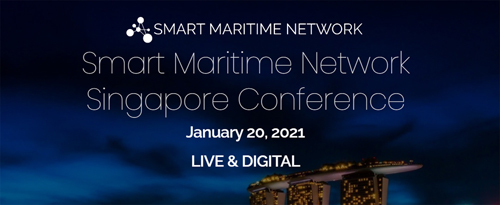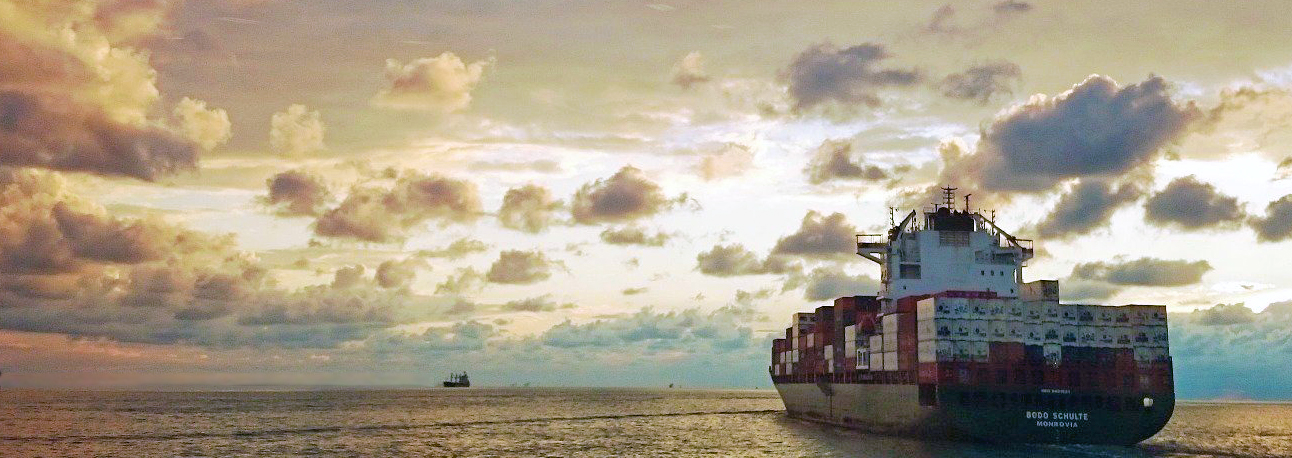Within the context of digitalization, the maritime sector has previously been labelled as one that has been slow and resistant to change. However, this trend is changing as vessels of all kinds are reaping the benefits of connectivity and its synergy delivering value from data.
Data is the new currency and is behind the transformation and transparency of trade and supply chains. The power of data lies in its analysis and this information in turn drives efficiency across the sector. It’s becoming integral to the way in which the sector envisions its future.
“Data is the new currency and is behind the transformation and transparency of trade and supply chains.”
The International Maritime Organization (IMO) has highlighted this focus on digitalization with its Convention of Facilitation of International Maritime Traffic (FAL Convention) that makes electronic exchange of information mandatory. The IMO is fully aware that the sharing and exchange of data will be integral to the ultimate goal of interoperability in the industry to develop a strengthened so-called Blue Economy. Obviously, this increase in the use of data and automation comes with increased cybersecurity risks. In response, the IMO also stipulates that, from January 2021, shipping companies must comply with cyber security rules.

The importance of digital advancements has also been accelerated by the impact of COVID-19. From the requirement to carry out continued installation of equipment on board vessels to the immediate need to connect crew effectively stranded out at sea due to restrictions that do not allow them to return to shore, it’s been a true wake-up call in terms of the importance of connectivity.
Last week, these points of discussion, and more, were central to Smart Maritime Network’s (SMN) Turning the Digital Tide event, which was held in Singapore. Here are a few of the main technology takeaways:
Data standardization – This is a necessity, although it is currently eluding the sector. A monumental effort is required to standardize the industry. The way in which ships are built varies greatly but a standard approach would set the foundations for interoperability where technology, such as IoT, is installed on board during the build. The installation of standardized stabilized antennas at the ship building stage could also be a driver for faster connectivity build-out. Standards are an enabler of digitalization and can be utilized to improve the flow of data, thus enabling new digital services. However, there are a number of steps that need to be achieved. Transparency and standards are central to this process, with integration and communication along the whole supply chain becoming increasingly important.
Use of 3D Printing – Presented as a flexible way of printing spare parts or the mold used to produce them, 3D printing could be used to enable maintenance teams to produce old or obsolete parts, dramatically cutting down the time in dock for repairs and spare part delivery. Next steps include building a platform to bring supply and demand together.
Drone Delivery – It’s happening on land, so why not at sea? The use of drones to deliver a range of items to ships is seen as a low-cost and low-carbon alternative to other delivery methods. In Singapore, the first night delivery was made to a ship on November 1, 2020 when an F-drone drone delivered a critical 3D printed part to a ship, seen as a major advancement in enabling 24/7 deliveries to vessels.
Augmented and Virtual Reality – This technology is seen as an increasingly important tool to help aid maritime training and onboard maintenance, utilizing local people that aren’t highly trained to perform complex service tasks with the help of a remote specialist or VR handbook. The need to this type of application has already seen a boost over the last year as companies react to the impact of COVID-19.
Autonomous vessels – One for the future, but autonomous vessels are a consideration for the maritime sector. At this point in time, though the benefits are worth pursuing, the costs of implementation are still daunting, while automation of systems and procedures to assist seafarers can bring immediate gains.
Crew welfare – Undoubtedly a huge priority for the industry. Crew welfare is a critical need and competitive advantage. Again, COVID-19 has shone a bright light upon this subject with so many seafarers stuck at sea creating a humanitarian crisis. The ability to stay in touch with friends and family is the top of a crewmember’s priority list and is essential in terms of crew retention.
The event was a true indicator and glimpse into the digital direction that the maritime industry is heading. Despite the certain hurdles to realize a higher degree of digitalization, current innovation in connectivity means that service providers can move in tandem with their customers to achieve great results.
